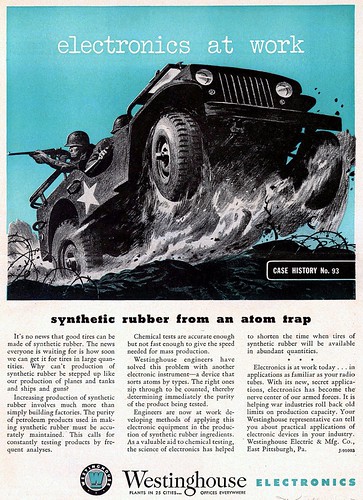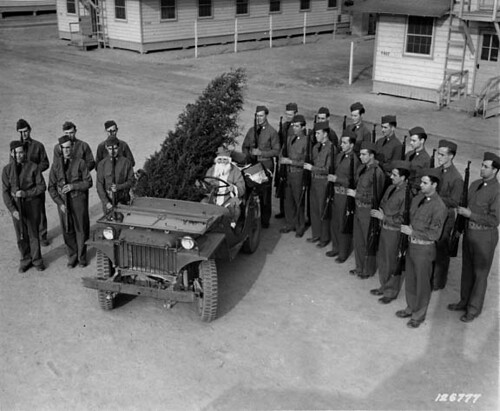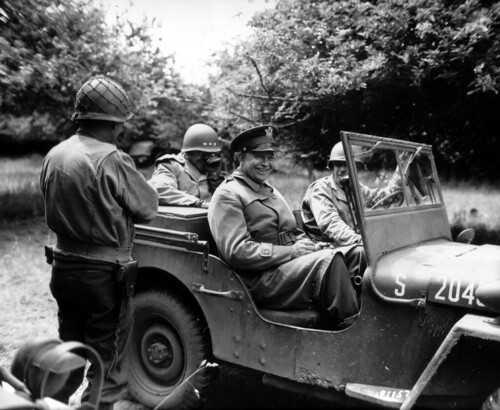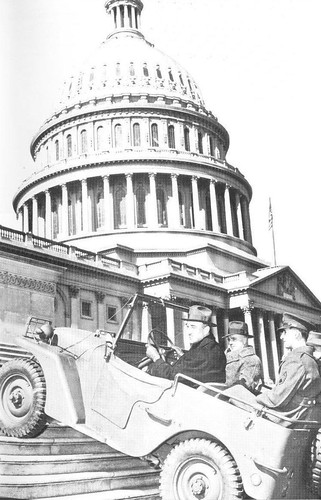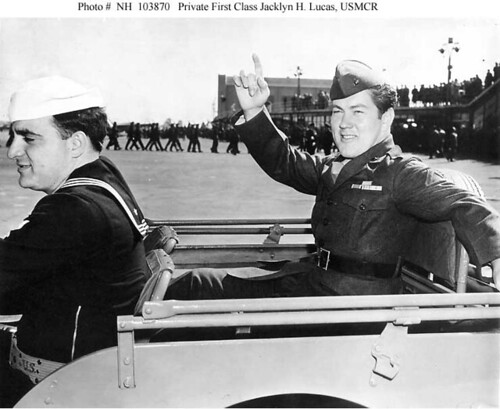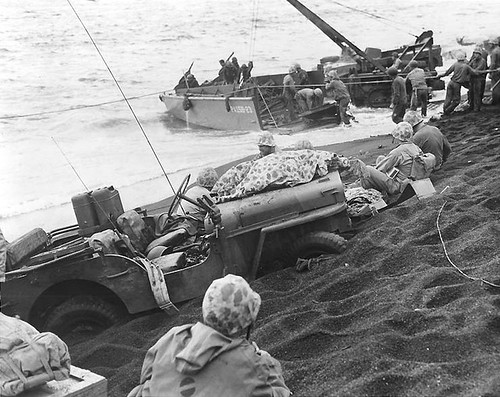 Came across this 1978 article from Jeep News about Pete Rose and his gifting of 10 Jeep CJ's to his friends on the Cincinnati Reds. It was a "thank-you" for supporting him in his 44 consecutive game hitting streak.
Came across this 1978 article from Jeep News about Pete Rose and his gifting of 10 Jeep CJ's to his friends on the Cincinnati Reds. It was a "thank-you" for supporting him in his 44 consecutive game hitting streak. I'm reprinting the article here for easier reading:
"Pete Rose Gets 44 Hits and 10 Jeep CJ's"
"It is no coincidence that Pete Rose and Jeep vehicles are two of Ohio's most famous products. They both have world-wide reputations for being tough, reliable performers in the field no matter where they happen to be playing, they both have rugged good looks, and they both seem to draw a crowd of admirers wherever they go. Nevertheless, this Jeep News reporter (Russel Sehnert), was quite surprised to learn that his boyhood hero, now an old timer at 37 in the baseball world, bought ten Jeep CJ's to present to certain people in appreciation for what they did for him during his outstanding career with the Cincinnati Reds.
Rose's love affair really began in 1975 after he won the Most Valuable Player Award in the World Series that year. 'They gave me a choice of products from American Motors,' Rose said. 'And I was just drawn to the Jeep CJ. I liked driving it around with the top off, and it was great for taking on fishing trips with some of the other players and coaches.'
'The big reason I decided to give Jeep CJ's to my friends on the Cincinnati Reds was that I wanted to give them something instead of cash. They all could use a Jeep, as most of them fish or hunt, and several live on farms, and drive in snow in the winter. I even got two tops for the guys who live in the north...I asked them if they'd like one, and everyone said, 'yes!' "
He was an amazing player. I still remember traveling across country in our Ford LTD listening in as Pete extended his hitting streak day after day. Quite an amazing run.



